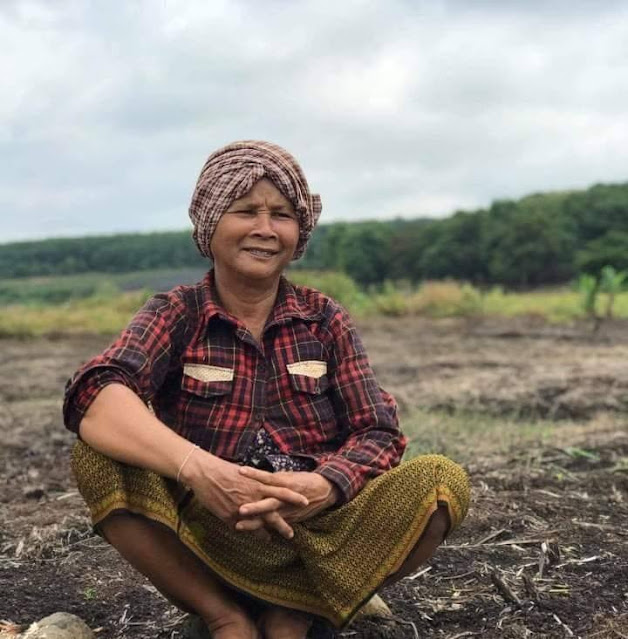Why does Jarai use the mother's surname?

Grandma who still uses the mother's clan, Romam

In Khmer civilization, a surname is a name that is generally used at the beginning of each person's name when it is written or commonly called for many centuries. In Cambodian tradition, the last name is typically taken by the father, grandpa, or even great-grandfather. A person's last name is a sign of their dignity as someone with the proper background, attractive to listen to, and more reliable identification (Sabay News).
For identifying, Khmer families and other
nationalities frequently use their father's name, grandpa, or
great-grandfather. Jarai, however, differs from other ethnicities since it has
traditionally used the mother's clan, which is unique for Jarai community.
The Jarai ethnic group can be found in the
northeastern province of Ratanakiri in Cambodia as well as the Central
Highlands of Vietnam (Gia Lai and Kon Tum Provinces, with smaller populations
in Da lak Province). The majority of Jarai people reside in Vietnam; there are
an estimated 513,930
of them in the three districts of Gai Lai, Kon Tum,
and Kak Lak, as well as 26,335 in the Ratanakiri Province's Oyadav,
Borkeo, and AndongMeas districts (Wikipedia-2008).
The Jarai language is a member of the Malayo-Polynesian branch of the Austronesian language family. It is related to the Chasmic language in central Vietnam, Cambodia, Indonesia, Malaysia, Philippines, and other Pacific islands such as Hawaii and New Zealand.
 |
| A grandpa an oldest man in Ratanakiri province. |
"Those surnames are very useful in recognizing the original Jarai family," a grandpa added. Last but also not least, by simply recognizing the surname in the example above, one can easily determine the Jarai.
Despite what is going on, these surnames continue to put a risk to long-standing surnames so some families have become less careful about preserving their surname and do not apply it formally, which can result in their loss. Without recognizing it, in time.
But he expects that the following generation will participate in preserving a great and timeless bloodline.
References:
[1] https://en.wikipedia.org/wiki/Jarai_people#:~:text=The%20Jarai%20language,New%20Zealand.
[1]
https://blenromam.blogspot.com/2022/01/jarai-people-in-21st-century.html
https://joshuaproject.net/people_groups/12326/cb
from a granpa, Soeun Chvan, an old Jarai man lives in Chrong village, Kok commune, Borkeo distirct, Ratanakiri province, Cambodia.


Comments